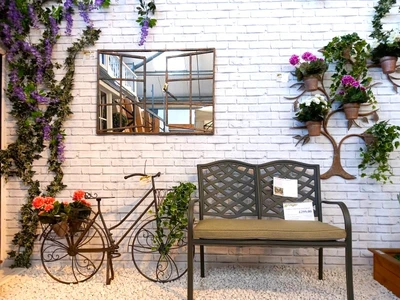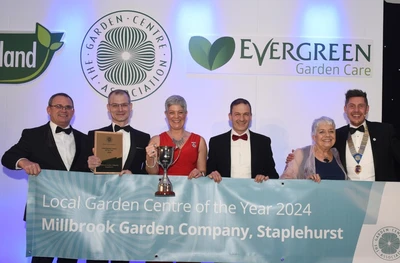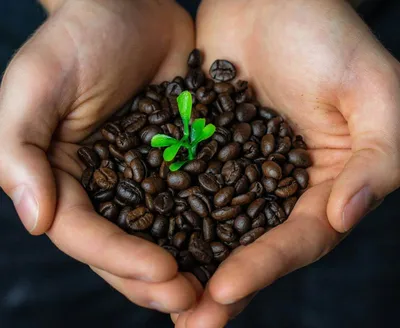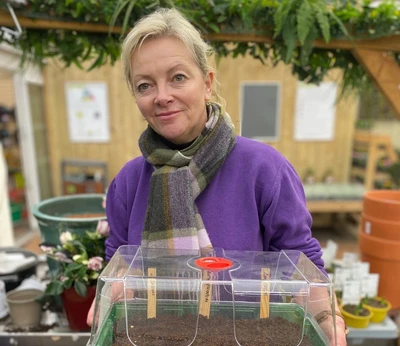
In my last blog I talked about compost or growing media and mentioned home composting as a great way to replace some of the compost that is used in our gardens, especially as soil improvers. Since that blog, the issue of peat use in our gardens and to grow plants has moved into the public domain, with the Government now consulting on a ban on the sale of peat products from 2024. This is not unexpected and is understandable as we move to reduce our carbon emissions and become more sustainable as a country.
What it means for the horticultural industry is that alternatives need to be found quickly and the production of them ramped up to replace the peat that is currently used by gardeners and growers. What it means for gardeners is that we need to think about how we use compost in our own gardens and how we can reduce our reliance on this material. In the future I believe bagged growing media will only be used for pots and containers while soil improvers such as manure, wood chip mulches and homemade compost will be used when planting or to improve the condition of our topsoil. So if you aren’t already doing it, now is a great time to start home composting.
The first thing to realise is that composting is actually pretty easy – in simple terms any organic matter will decompose or break down over time to release nutrients and create compost. To create a really good compost that is produced pretty quickly, there are a few easy tips to follow.
Set up a compost bin or three…
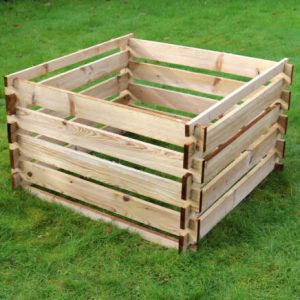
Firstly, set up a compost bin (or maybe two or three if you have space) – this can be the plastic Dalek ones we sell or you can get from your local council, a wooden slatted one (pictured: Zest wooden composter also available at Millbrook) – which are good as they let the air in to circulate and can be easily dismantled to get at the compost when you are ready to use it – or you can make your own out of old pallets or wood. Personally, I think the bins are better put directly on the soil as the worms, slugs and other creatures can come up to feast on the organic matter.
Start collecting waste material
Secondly, start collecting your waste material and build up your compost heap. You can put any uncooked fruit or vegetable kitchen waste, egg shells (smash them up well), tea bags (check there is no plastic in the bag material), coffee grounds (feel free to collect some from our cafes), garden weeds (try to avoid weed seeds), grass clippings, shredded twigs, shredded or torn up cardboard, newspaper and paper (avoid shiny printed magazines). You need to avoid any cooked food, meat, fish or dairy products, dog or cat litter and any plastics.
Ideally you want to get a balance of nitrogen material – the green waste from the kitchen, grass clippings and weeds – and nitrogen material – the shredded cardboard or paper, dead leaves and shredded twigs or sawdust. You will know fairly quickly if the balance is wrong, a heap high in nitrogen will turn to a slimy gloop, while one with too much nitrogen will just stay dry and crunchy.
If you are putting lots of grass clippings on the heap in one go, just add layers of scrunched up newspaper to break this up. You can also add a compost accelerator like Garotta that speeds up the decomposition. Lots of people recommend turning the compost regularly and this is great if you remember to do it. If you, like me, forget, that is also fine, the compost might just take a bit longer to break down but the worms and other organisms will eventually do the work for you and mix up and break down the organic matter.
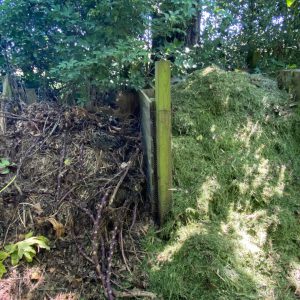
This is where having multiple compost heaps is useful, 3 is ideal, one on the go that you are adding material to, one that is sitting quietly composting and one that you are using on your garden. Any of you who watch Gardener’s World will have seen Monty Don’s amazing compost that he makes and uses in his garden and pots. I have to be honest and say that I have never achieved his standard of compost perfection and I am not sure I will ever have the time to, but I am happy that most of my kitchen and garden waste is used to improve my soil and nothing is going to waste.
Leaf cages
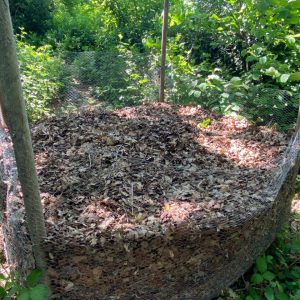
Our garden has a number of oak trees around it and in the autumn a lot of leaves fall on our lawn and flower beds. Last year, we created a simple cage from 4 poles with chicken wire wrapped round. Over the Autumn my husband religiously raked the lawn every week and collected all the leaves in the cage. They are breaking down nicely into leaf mould which I should be able to use as a mulch next Autumn. The fallen leaves of deciduous trees have the perfect Carbon:Nitrogen ratio so they should make a lovely friable compost and can happily be added to your compost bins if you don’t want to build a separate cage.
Hotbox composter
In the last year I have also been experimenting with a hotbox composter. This is a polystyrene box to put compost in. The temperature should get nice and high, which means that you can produce compost quickly and you can also put things like meat, fish, bones, weed seed etc in that won’t safely break down in a traditional compost bin. My first attempt with this was a disaster – the box did get nice and hot, but was just too wet and slimy. When I came to take out the first batch of compost it was smelly and the bones were still in-tact. Round 2 is going better, I am adding much more shredded paper with each load of kitchen waste and there is not so much liquid plant food coming out of the tap at the bottom which is good so I am optimistic about this batch. I hope I can get this right as it will mean that there is no food waste going to landfill from my kitchen. Another way to deal with this material is with a wormery, which I have always wanted to try, but just never got round to, do let us know if you have had success with this type of composting.
Like everything with gardening, composting can be a matter of trial and error, mixed with a bit of patience, while you wait for nature to do its bit. As we move to a more sustainable future, you can play your part by composting to reduce peat use in horticulture and reduce kitchen waste going to landfill while creating a beautiful garden.

